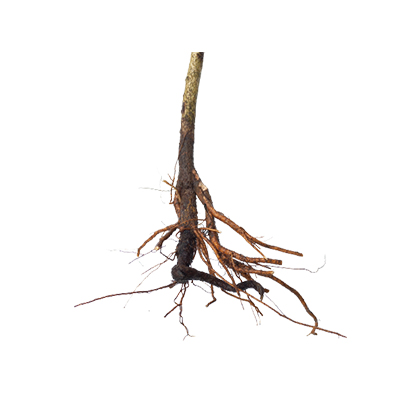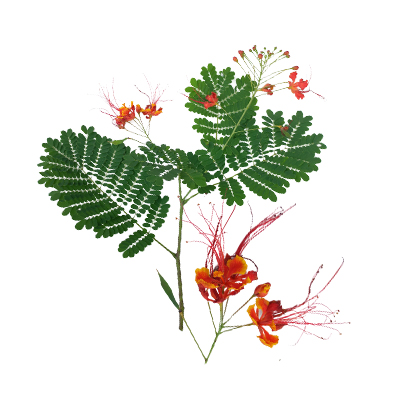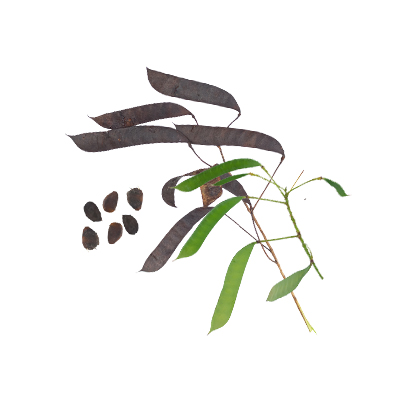Peacock Flower
Caesalpinia pulcherrima (L.) Sw.
Fabaceae
Location in our garden
Principal

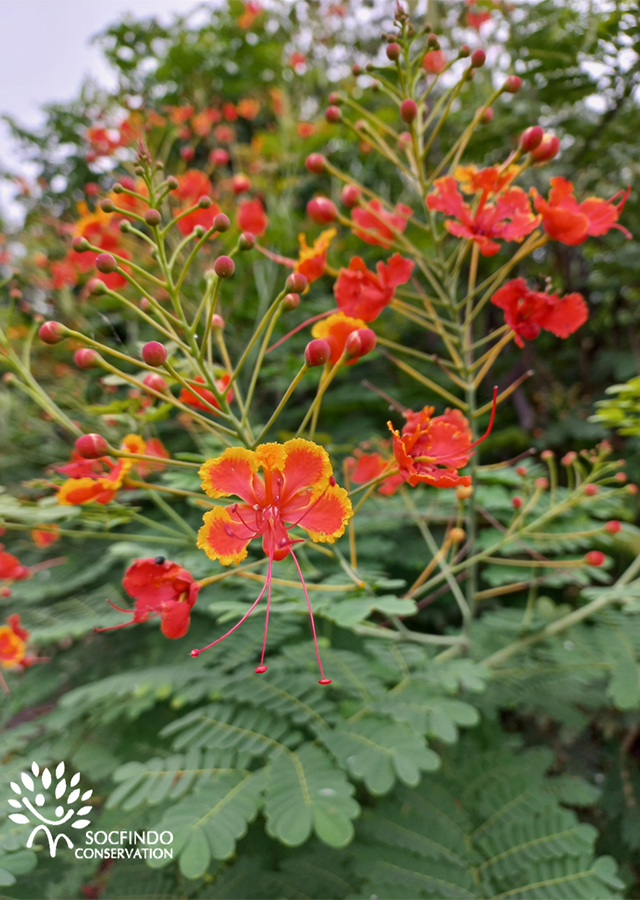
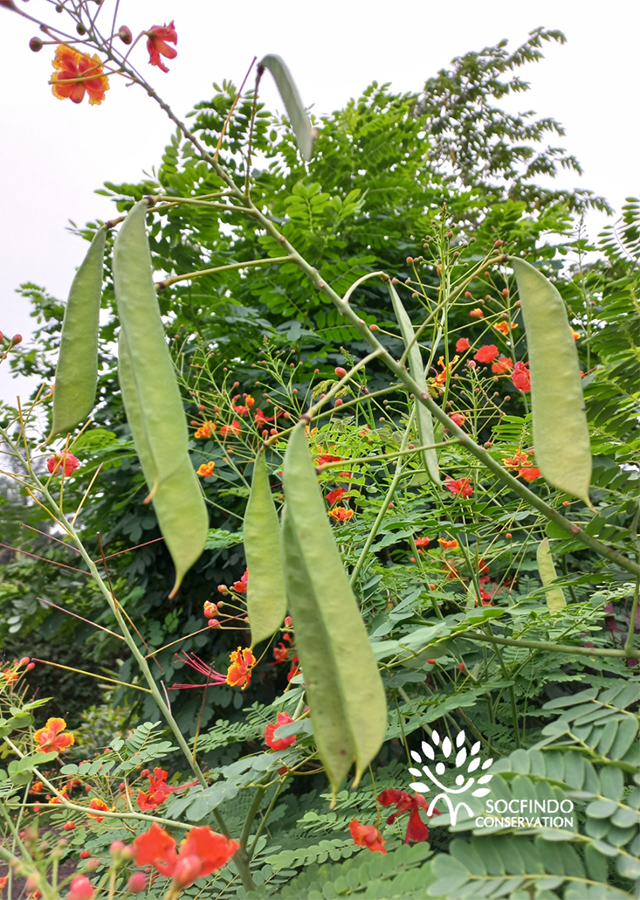
Synonym
Caesalpinia hispida (G.Don) D.Dietr.
Caesalpinia pulcherrima f. flava (F.T.Hubb. & Rehder) H.St.John
Caesalpinia pulcherrima var. insignis Kuntze
Habitus
Shrubs. A deciduous or evergreen shrub or small tree with a spreading crown. Usually without prickles, it can grow up to 5 m tall
Part Used
Leaves
Seeds
Bark
Flowers
Roots
Growing Requirements
Full Sunshine
Need Shade
Habitat
Forest
Shrublands
Terrestrial
Overview
Caesalpinia pulcherrima originates in tropical America, and is now found throughout the tropics. Cultivated throughout South-East Asia and naturalized in some regions. A multipurpose plant, it is often gathered from the wild for local food and medicinal use. It is widely grown throughout the tropics as an ornamental and as a hedge, being valued especially for its incredibly showy blossoms.
Vernacular Names
Bulaklak ng paraiso (Philippines), Khwaang yoi (Thai), Diệp ta (Vietnamese), Dok fang (Cambodia), Caballero (Spansh), Jin feng hua (Chinese), Flamboyant (French).
Agroecology
An evergreen plant in the tropics, in cooler but frost-free areas it is more likely to become deciduous whislt in areas with occasional frosts it can survive as a perennial plant, dying down to ground level in the cold season but regrowing with the warmer weather.
Succeeds in any moderately fertile, well-drained soil. Requires a position in full sun.
Morphology
- Stems - 5 m tall, branches unarmed or with a few straight prickles.
- Leaves - paripinnate, rachis 10-40 cm long, with 5-9 pairs of pinnae, stipules subulate, minute, caducous, leaflets opposite, 6-12 pairs per pinna, base unequal, rounded, apex rounded to retuse.
- Flowers - bisexual, sepals 10-15 mm × 5-7 mm, petals 10-25 mm × 6-8 mm, stamens very far exserted, ovary with 8-12 ovules.
- Pods - 6-12 cm × 1.5-2 cm, 8-10-seeded.
- Seeds - slightly rectangular, brown or black.
Cultivation
Propagated by seeds - pre-soak for 12 - 24 hours in warm water prior to sowing. When large enough to handle, prick the seedlings out into individual pots and grow them on until large enough to plant out.
Chemical Constituents
Diterpenoids, isovouacaperol, sitosterol, and flavonoids (5,7-dimethoxyflavanone, 5,7-dimethoxy-3,4'-methylenedioxyflavanone, isobonducellin, 2'-hydroxy-2,3,4'-6'-tetramethoxychalcone and bonducellin, peltogynoid, bhonducellin, 6-methoxypulcherrimin, and homoisoflavonoids), gallic acid, red coloring agent, gum, tannins, resins, benzoic acid, cassane type diterpene esters, pulcherralpin, lupeol, B-sitosterol, myricetin, saponins, phenols, terpenoids, tannins, and the alkaloids, Pulcherrin J, 6-cinnamoyl-7-hydroxyvouacapen-5-ol. phytosterols, saponins, and lignins.
Traditional Medicinal Uses
- A decoction or infusion of the roots, bark, leaves or flowers is used as a purgative and emmenagogue.
- According to the dosage it may be used as a mouthwash for teeth or gums, a remedy for colds and fevers, or even as a strong abortifacient.
- It is used in the treatment of diarrhoea.
- An infusion is used to relieve constipation, as a treatment for kidney stones, and to accelerate childbirth.
- The leaves of the yellow flowered form is used to treat stomach-aches.
- An infusion of the leaves and flowers is used as a diuretic.
- The leaves, flowers and seeds are used in the treatment of stomach, urinary bladder and kidney problems.
- An infusion of the leaves and seeds is used as an abortifacient to induce a quick, uncomplicated abortion in early pregnancy.
- The flowers are febrifuge and, when fresh, sudorific. An infusion is used as a treatment for gall bladder problems.
Part Used
Reference Sources
- Fern, Ken. Useful Tropical Plants. (2021). Caesalpinia pulcherrima. http://tropical.theferns.info/viewtropical.php?id=Caesalpinia+Pulcherrima. 03-12-21.
- Cabi. Caesalpinia pulcherrima. https://www.cabi.org/isc/datasheet/10728. 03-12-21.
- Plant Resources of South East Asia. Caesalpinia pulcherrima. https://uses.plantnet-project.org/en/Caesalpinia_pulcherrima_(PROSEA). 03-12-21.
